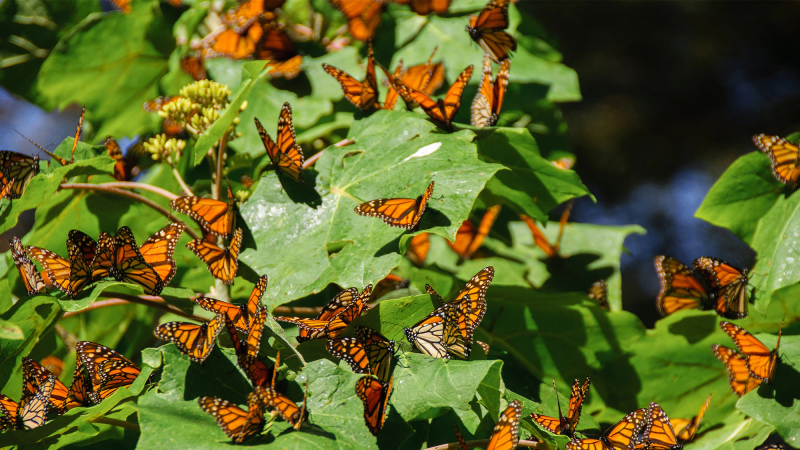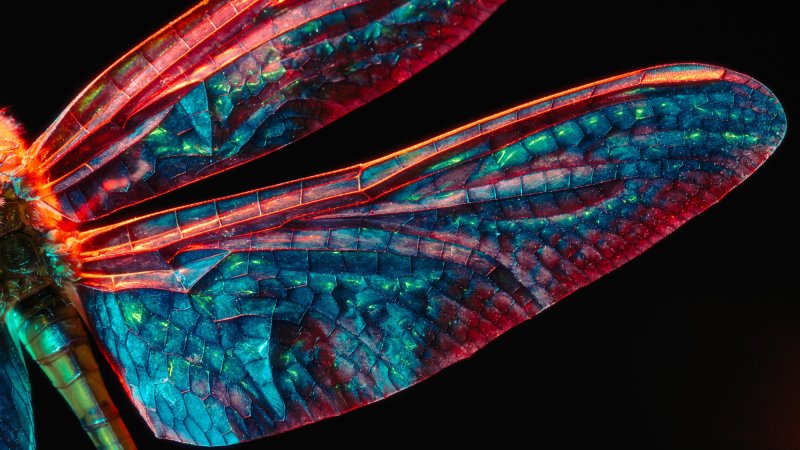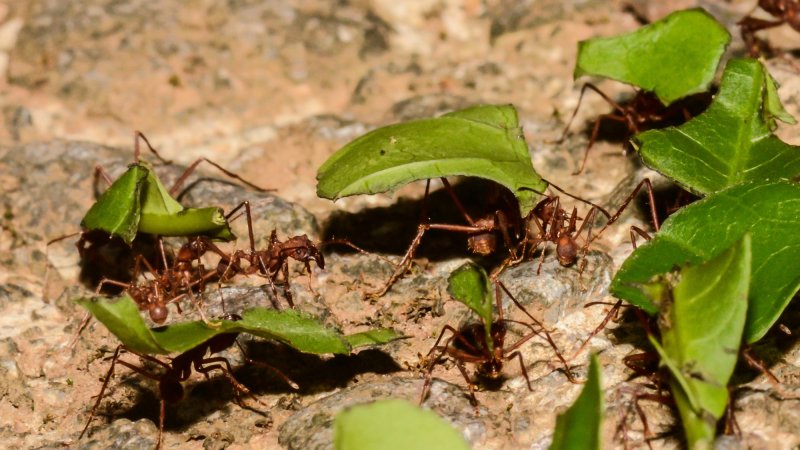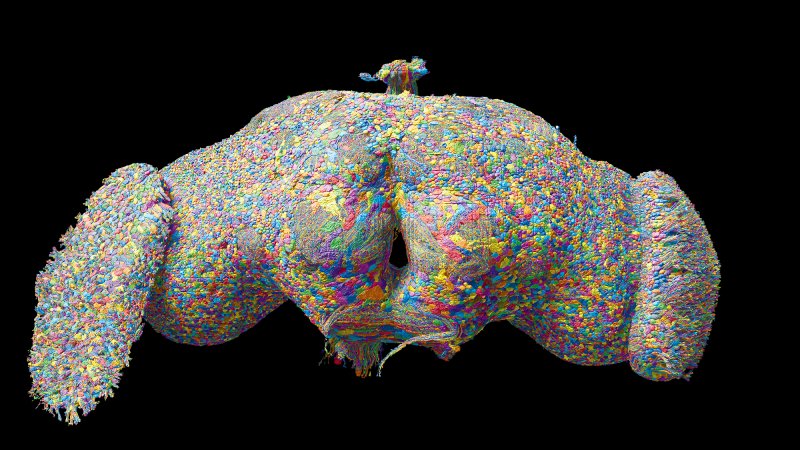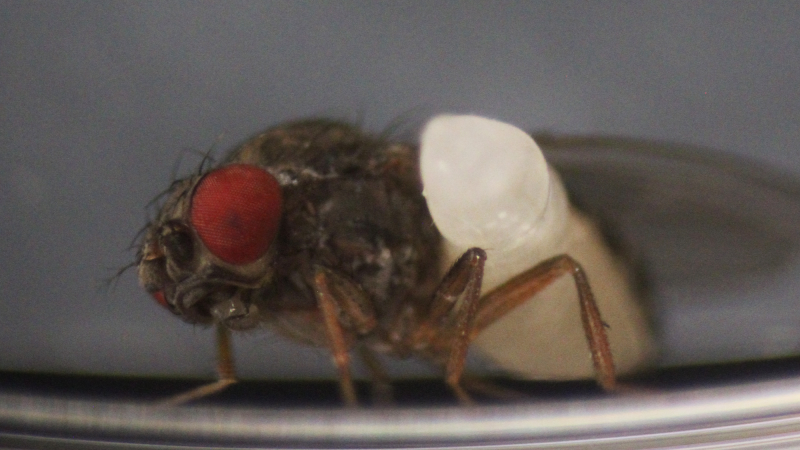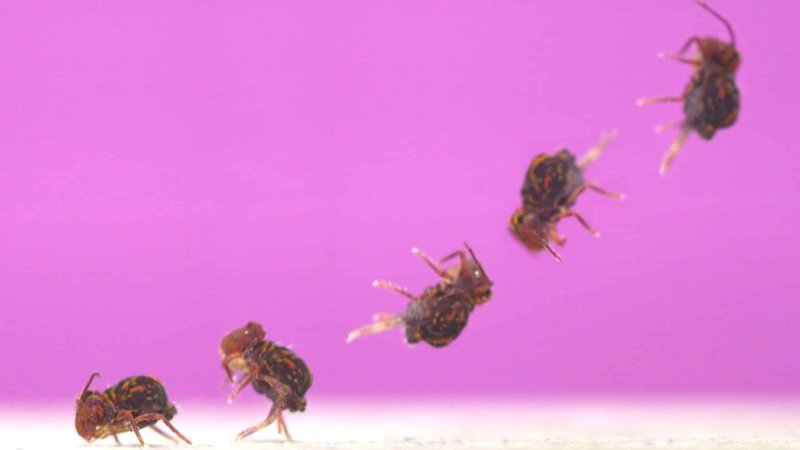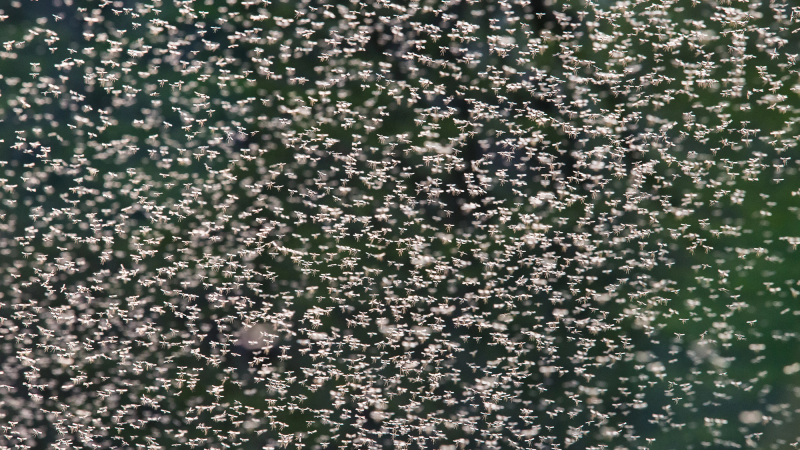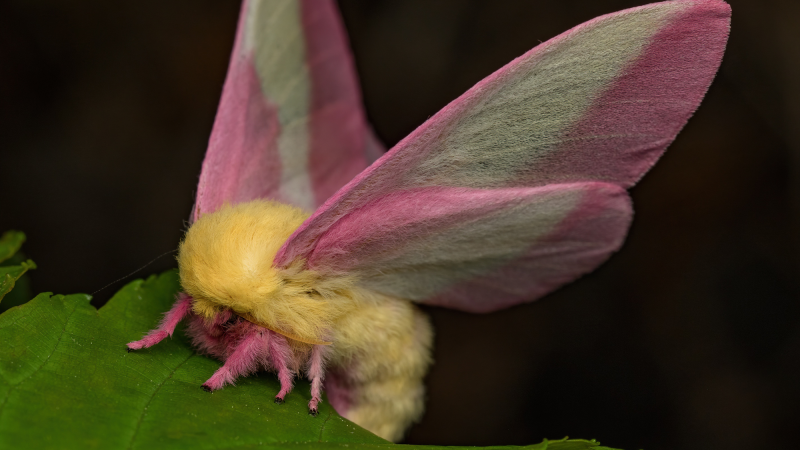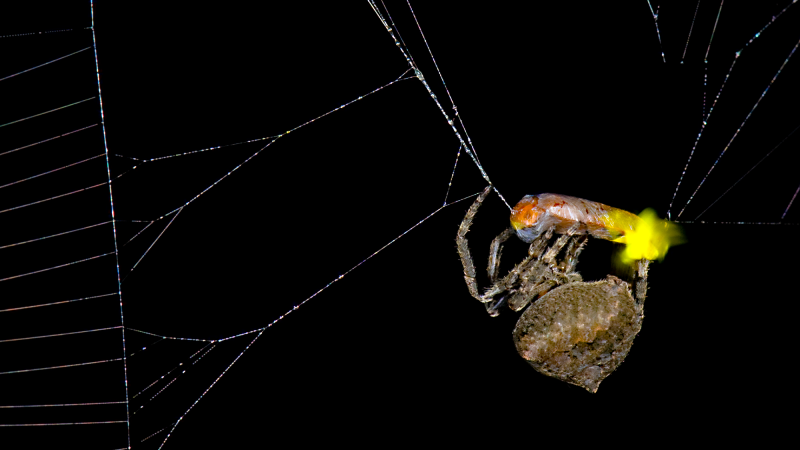Insects
If it has six legs and looks semi-alien, it probably plays a crucial role on our planet. The latest on insects, and the entomologists trying to shed light on their importance and uniqueness.
Explore Insects
Latest in Insects
Get the Popular Science newsletter
Breakthroughs, discoveries, and DIY tips sent every weekday.
By signing up you agree to our Terms of Service and Privacy Policy.


